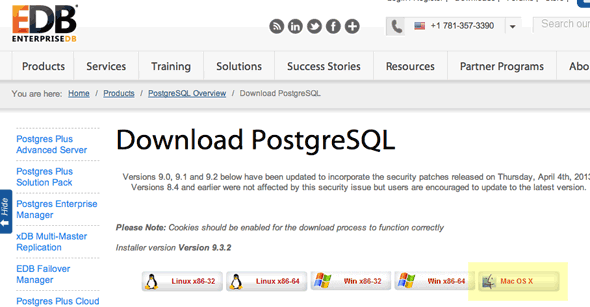


Helm executable can be broken down into two components as follows Release - A running instance of a chart, combined with a specific config.Config - Contains the configuration information that can be merged with a chart to create a releasable object.Chart - Contains Information required to create an application instance in Kubernetes.

Additionally, charts can be versioned so that users can create different configurations for the same helm chart under different versions. These charts contain all the dependencies of the project and allow users to deploy an application with a single command. Helm creates packages by creating helm charts that bundle one or more Kubernetes manifests (YAML files). It is an open-source project started with the goal of providing a more efficient way to manage Kubernetes YAML files created when deploying an application.Ĭurrently, Helm has evolved into a fully-fledged package manager that streamlines the installation, upgrading, dependency management, and configuration of applications on a Kubernetes cluster using simple CLI commands (Helm Client). Helm is the package manager for Kubernetes.
Install postgresql how to#
Before that, we should know what Helm is and how to configure Helm in a development environment. In this article, we will focus on using a helm chart to deploy a PostgreSQL instance.
Install postgresql software#
These charts can be used in any kind of deployment, from a single pod application to complex applications consisting of multiple pods with different software and services. Helm charts can be considered a type of package that can be used to easily deploy applications to Kubernetes clusters. Therefore, only use this option if you have specific requirements that require custom configurations such as complex persistent storage configurations, network and security policies, multi cluster connectivity etc. This process involves a higher degree of planning and technical knowledge to get the service up and running. This option requires the user to set up the ConfigMaps, create and set up persistent storage volumes and then create the PostgreSQL deployment and service. Option 1 - Creating deployment configuration from scratch One is to create a Kubernetes deployment from scratch, and the other is to use a helm chart to carry out the deployment. When it comes to deploying PostgreSQL on Kubernetes, there are two options. What options are available to deploy PostgreSQL? In this article, we will discuss how to easily deploy a PostgreSQL pod in Kubernetes.
Install postgresql portable#
Furthermore, it enables users to create a highly portable and scalable PostgreSQL instance in a Kubernetes cluster. Utilizing Kubernetes to deploy a PostgreSQL instance allows users to leverage the strengths of both platforms. It enables users to easily deploy and manage containerized applications. Kubernetes is an open-source container orchestration platform designed to be easily deployable in any environment. PostgreSQL database is an enterprise-grade, open-source object-relational database system focused on providing a highly scalable and robust platform while conforming to SQL standards.


 0 kommentar(er)
0 kommentar(er)
